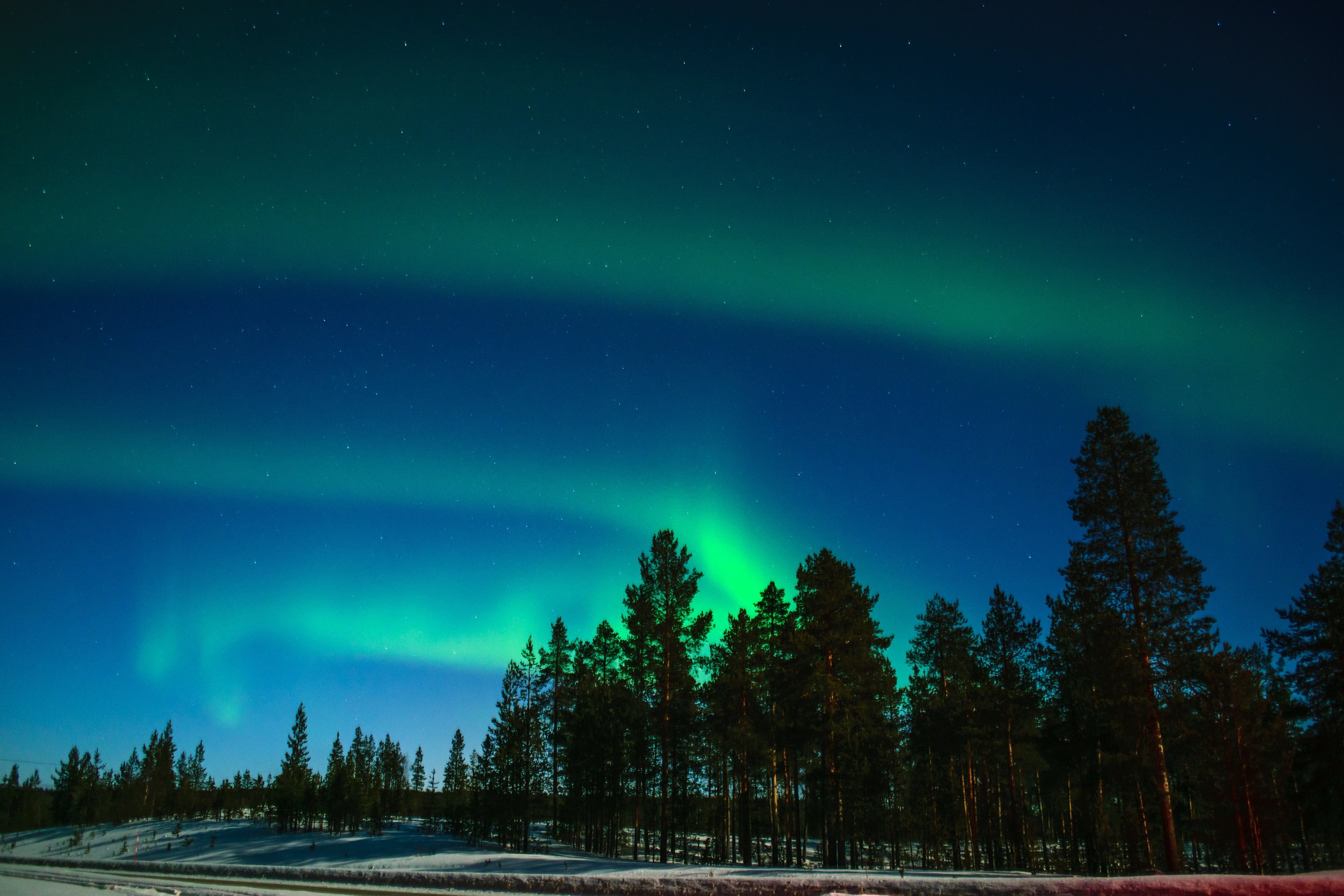
Aurora Borealis
"Northern Lights," literally "northern dawn," said to have been coined by French philosopher Petrus Gassendus after a spectacular display seen in France Sept. 2, 1621.
Aurora Forecast
Being able to see the Aurora Borealis requires two factors to be present simultaneously. First, there must be geomagnetic storms on the surface of the sun and a corresponding coronal mass ejection. Second, there must be clear skies for the viewer. Unless both are present, the viewer will not be able to see Aurora Borealis. Check out the Aurora Forecast and Clear Sky Chart for Pleasant Valley, Alaska.
The Aurora Borealis, also known as the Northern Lights, are caused by geomagnetic storms on the surface of the sun. When the sun releases a burst of gas or other charged particles, known as a coronal mass ejection (CME), it travels through space until it reaches the Earth’s magnetic field. When the gas from the CME hits the Earth's magnetic field, it causes the magnetic field to fluctuate and release energy in the form of brilliant colors in the sky. This energy is absorbed by the Earth’s atmosphere, which causes gas molecules to emit light. The intensity of the Aurora Borealis depends on the strength of the CME and the angle at which it hits the Earth’s magnetic field. When the CME is particularly strong and directly hits the Earth’s magnetic field, the Aurora Borealis can significantly increase in intensity and appear much brighter than usual.



